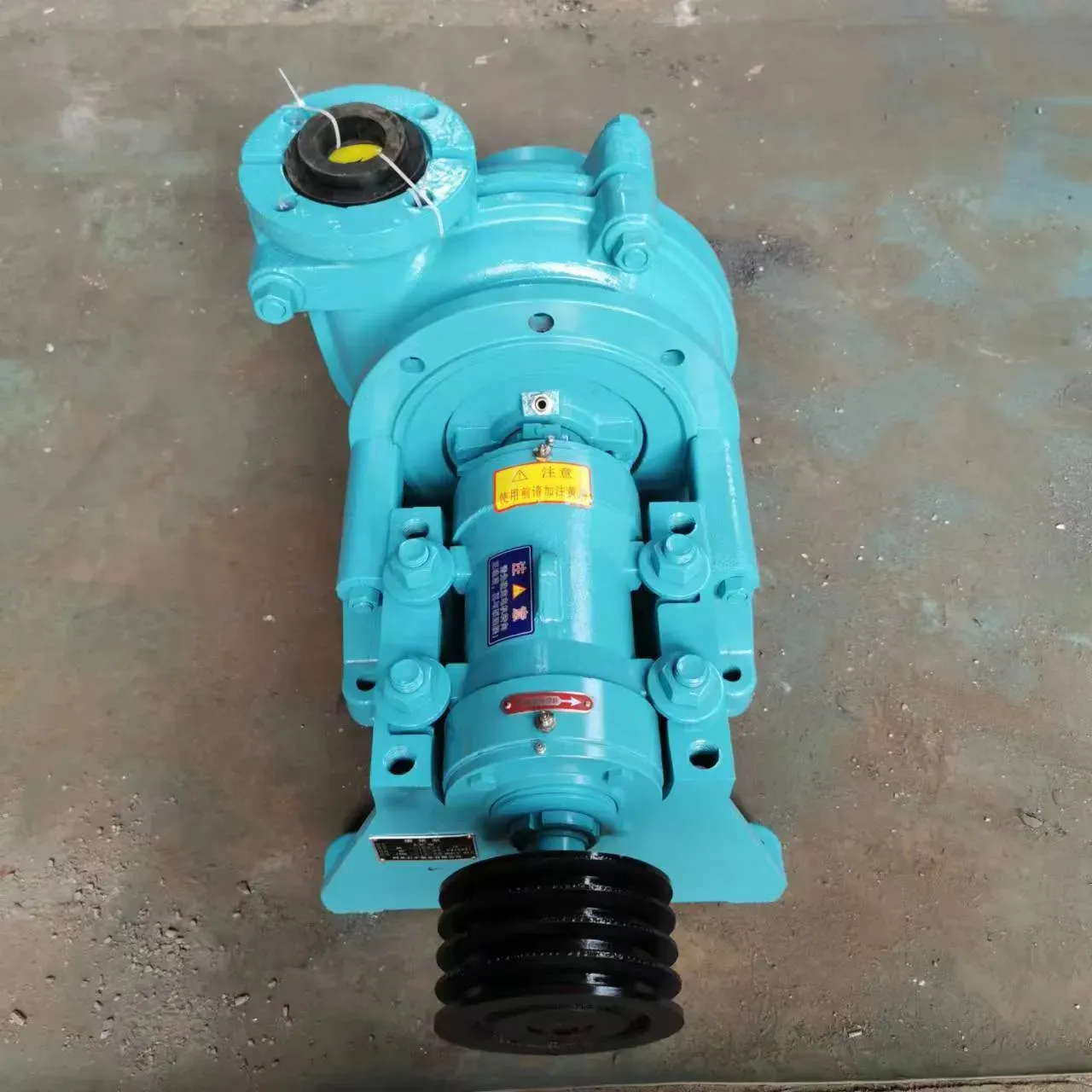English
- Afrikaans
- Albanian
- Amharic
- Arabic
- Armenian
- Azerbaijani
- Basque
- Belarusian
- Bengali
- Bosnian
- Bulgarian
- Catalan
- Cebuano
- Corsican
- Croatian
- Czech
- Danish
- Dutch
- English
- Esperanto
- Estonian
- Finnish
- French
- Frisian
- Galician
- Georgian
- German
- Greek
- Gujarati
- Haitian Creole
- hausa
- hawaiian
- Hebrew
- Hindi
- Miao
- Hungarian
- Icelandic
- igbo
- Indonesian
- irish
- Italian
- Japanese
- Javanese
- Kannada
- kazakh
- Khmer
- Rwandese
- Korean
- Kurdish
- Kyrgyz
- Lao
- Latin
- Latvian
- Lithuanian
- Luxembourgish
- Macedonian
- Malgashi
- Malay
- Malayalam
- Maltese
- Maori
- Marathi
- Mongolian
- Myanmar
- Nepali
- Norwegian
- Norwegian
- Occitan
- Pashto
- Persian
- Polish
- Portuguese
- Punjabi
- Romanian
- Russian
- Samoan
- Scottish Gaelic
- Serbian
- Sesotho
- Shona
- Sindhi
- Sinhala
- Slovak
- Slovenian
- Somali
- Spanish
- Sundanese
- Swahili
- Swedish
- Tagalog
- Tajik
- Tamil
- Tatar
- Telugu
- Thai
- Turkish
- Turkmen
- Ukrainian
- Urdu
- Uighur
- Uzbek
- Vietnamese
- Welsh
- Bantu
- Yiddish
- Yoruba
- Zulu
Telephone: +86 13120555503
Email: frank@cypump.com
Nov . 04, 2024 00:53 Back to list
septic sump pump
Understanding Septic Sump Pumps An Essential Guide
Sump pumps play a critical role in maintaining the functionality of homes and buildings, particularly those that rely on septic systems. A septic sump pump is an essential component that helps manage groundwater and sewage effluent effectively, ensuring that the system operates without costly backups or failures. This article explores what septic sump pumps are, their function, and why they are vital for homeowners.
What is a Septic Sump Pump?
A septic sump pump is a specialized pump designed to remove excess water and sewage from a sump basin, which is typically located in the basement or lower levels of a structure. This type of pump is distinct from standard sump pumps because it is specifically designed to handle the unique challenges that come with septic systems, including the need to manage both water and waste products.
Function and Importance
The primary function of a septic sump pump is to prevent flooding and control water levels in areas prone to excess moisture, such as basements or crawl spaces
. In a typical installation, the pump is situated in a sealed basin where it collects wastewater and groundwater. When the liquid level rises to a predetermined height, the pump activates and expels the water through a discharge pipe. This process not only helps prevent water damage but also ensures that the septic system can function efficiently without being overwhelmed by excess liquid.The importance of septic sump pumps cannot be overstated. In regions with high water tables or frequent heavy rains, flooding can lead to significant complications. If water accumulates in the basement, it can create a breeding ground for mold and mildew, potentially leading to health issues for the inhabitants. Additionally, if the septic tank becomes overloaded, it can result in costly repairs and environmental hazards if the sewage backs up into the home or nearby areas.
Maintenance Tips
septic sump pump

To ensure that a septic sump pump functions effectively, regular maintenance is crucial. Homeowners should perform routine checks to confirm that the pump is operational and free from debris that could impede its function. Here are some practical maintenance tips
1. Inspect the Power Supply Ensure that the pump is plugged in and that there are no issues with the circuit breaker. 2. Check the Float Switch The float switch is responsible for activating the pump. Test it periodically to make sure it moves freely and isn’t stuck.
3. Clean the Sump Basin Remove any accumulated debris or sludge from the basin that could obstruct the pump.
4. Test the Pump Pour water into the basin to see if the pump activates and discharges water effectively.
5. Schedule Professional Inspections Consider having a professional inspect the septic sump pump and the entire septic system annually to catch any potential issues early.
Conclusion
In conclusion, septic sump pumps are indispensable in managing water and waste in homes with septic systems. They help prevent flooding, protect against structural damage, and maintain a healthy living environment. By understanding their functions and committing to regular maintenance, homeowners can ensure their septic sump pumps operate reliably, safeguarding their property from water-related issues. Investing time and resources into understanding and maintaining this essential equipment can save homeowners from significant expenses and hassles in the future.
-
Horizontal Split Case Pump with GPT-4 Turbo | High Efficiency
NewsAug.01,2025
-
ISG Series Pipeline Pump - Chi Yuan Pumps | High Efficiency, Durable Design
NewsAug.01,2025
-
Advanced Flue Gas Desulfurization Pump with GPT-4 Turbo | Durable & Efficient
NewsJul.31,2025
-
ISG Series Vertical Pipeline Pump - Chi Yuan Pumps | Advanced Hydraulic Design&Durable Construction
NewsJul.31,2025
-
ISG Series Vertical Pipeline Pump - Chi Yuan Pumps | Energy Efficient & Low Noise
NewsJul.31,2025
-
pipeline pump - Chi Yuan Pumps Co., LTD.|High Efficiency&Low Noise
NewsJul.31,2025










